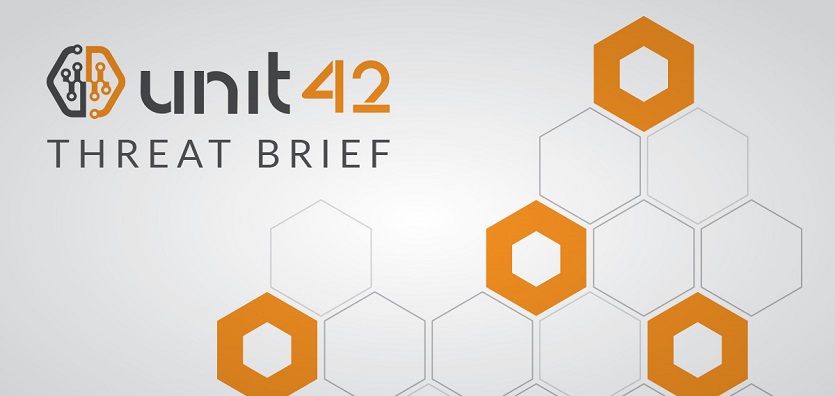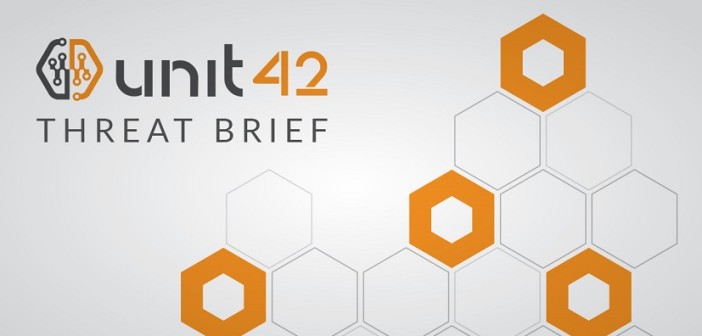
Mirai is best known for being used in massive, unprecedented DDoS attacks in 2016. Some of the most notable targets included: web hosting provider OVH, DNS provider Dyn and Brian Krebs’ website.
This new variant that Unit 42 discovered is notable for targeting different embedded devices like routers, network storage devices, NVRs, and IP cameras and using numerous exploits against them.
In particular, Unit 42 found this new variant targeting WePresent WiPG-1000 Wireless Presentation systems, and in LG Supersign TVs. Both these devices are intended for use by businesses. This development indicates to Unit 42 a potential shift to using Mirai to target enterprises. The previous instance where Unit 42 observed the botnet targeting enterprise vulnerabilities was with the incorporation of exploits against Apache Struts and SonicWall.
In addition to this newer targeting, this new variant of Mirai includes new exploits in its multi-exploit battery, as well as new credentials to use in brute force against devices.
Finally, the malicious payload was hosted at a compromised website in Colombia: an “Electronic security, integration and alarm monitoring” business.
These new features afford the botnet a large attack surface. In particular, targeting enterprise links also grants it access to larger bandwidth, ultimately resulting in greater firepower for the botnet for DDoS attacks.
These developments underscore the importance for enterprises to be aware of the IoT devices on their network, change default passwords, ensure that devices are fully up-to-date on patches. And in the case of devices that cannot be patched, to remove those devices from the network as a last resort.
To find out more about the new variant of Mirai, including exploits, other features and infrastructure, please click here.





